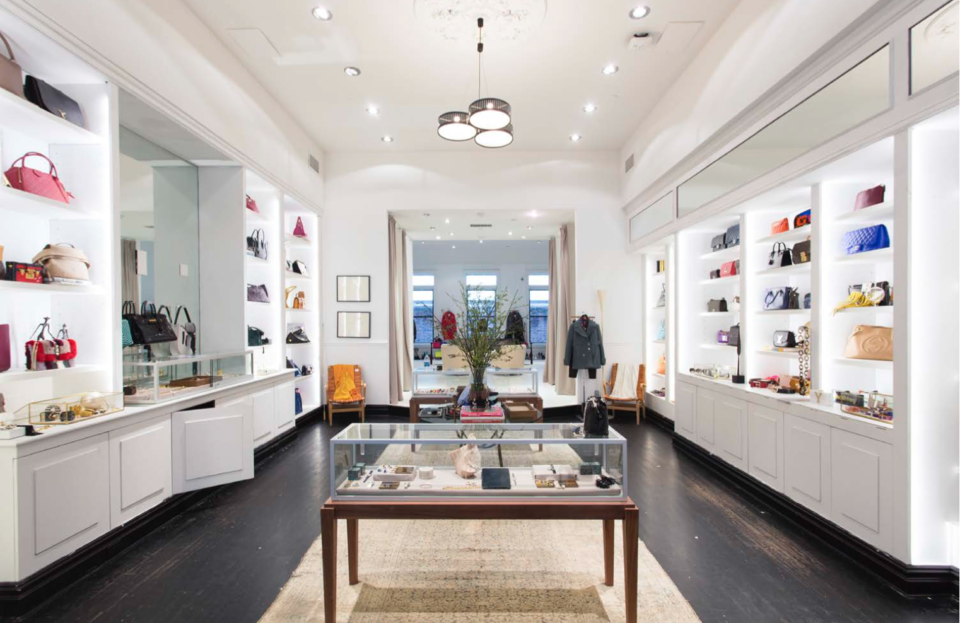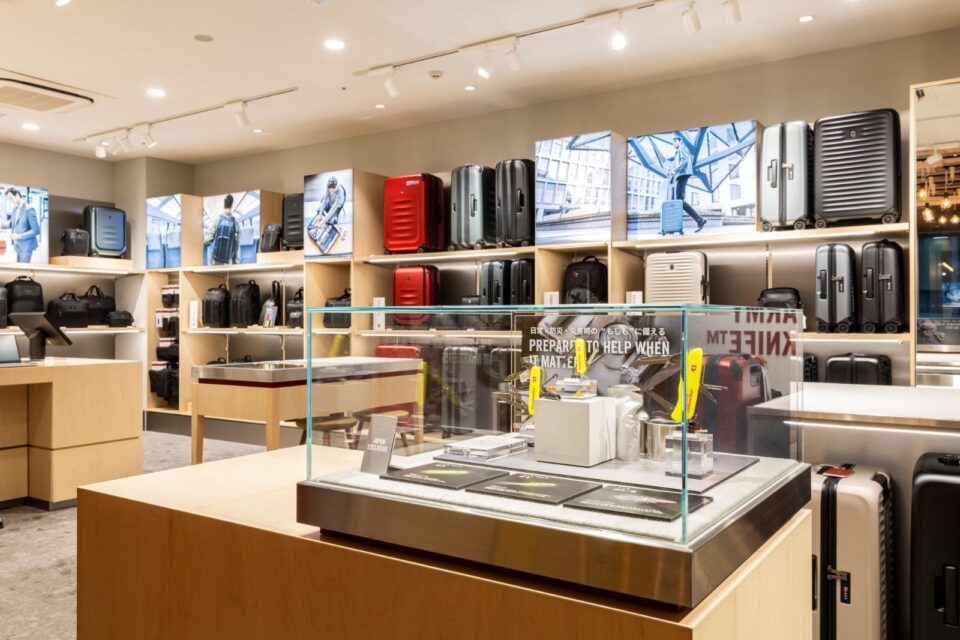Why is Stuffstr paying customers to buy back the things it sold them?
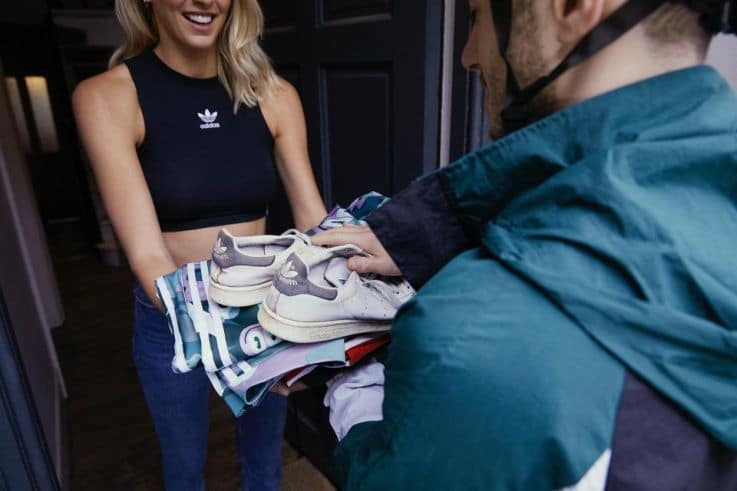
Picture your wardrobe right now. Or under your bed. Or your loft. Or that cupboard that you never go in. Chances are you’re picturing a whole load of things that haven’t seen the light of day for some time.
It’s a sad reality that we often stop wearing or using the things we buy long before we should. And as we become more educated about the damage of just throwing things away, the mantra of reduce, reuse and recycle has become a familiar one.
It’s also the vision of Stuffstr. It wants to create a world where there is no unused stuff. And it wants to do it by buying back the things it sells you when you no longer want them.
We spoke to co-founder and CEO John Atcheson to understand how the model works, instigating behavioural changes and what Stuffstr is really learning about customers from what they sell back.
John Atcheson, Co-Founder and CEO, Stuffstr
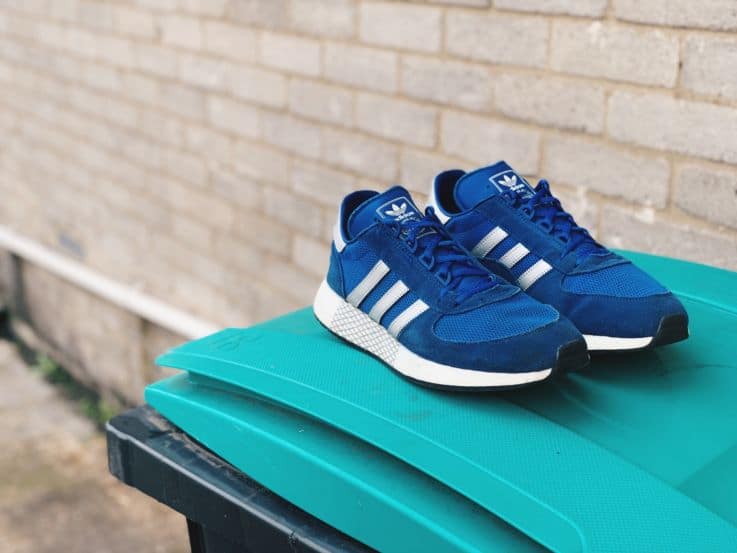
How does Stuffstr work?
Stuffstr is founded on the vision of no unused stuff. Everything that we do is focused on seeing that every item we produce is used fully and then repurposed and used again. What this means is we will buy back anything that people buy from us as soon as they are done, regardless of condition.
We deliver this through an instant buyback platform that we provide to retailers and brands on a white label basis. This lets them incorporate the service into their own apps and websites.
Stuffstr is focused on the idea of a frictionless process where a customer can instantly pull up their past several years of purchases and push the button for every purchase that they are no longer using. We can then either come to their door to pick it up, if they live in a courier zone, or they can send it back themselves for free.
As soon as the items are received, we will instantly pay them in the form of a voucher for the retailer where they originally purchased the items.
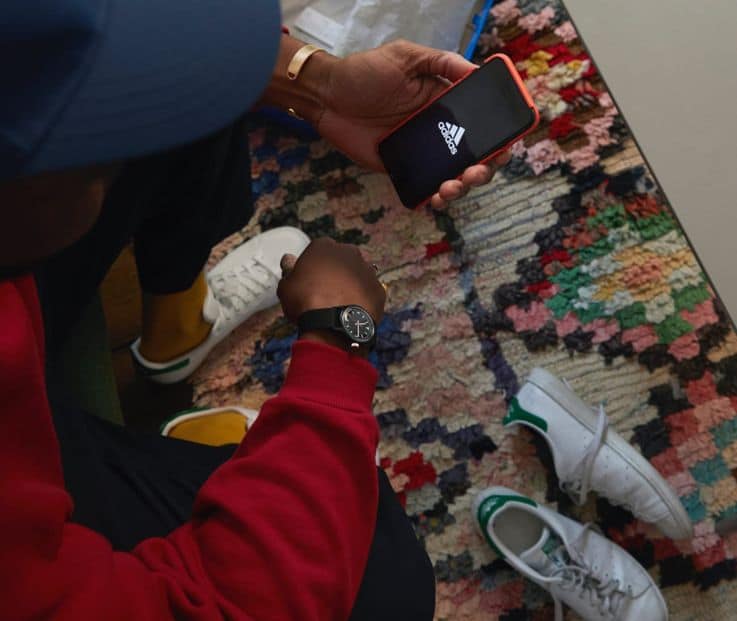
Where do you see your position in the market?
The business was originally founded with the idea of fundamentally changing the flow of post-sale.
We believe that if we are ever going to do that at scale, then we have to be tied into the source and be partnered with those who actually sell these products.
The only way to have a frictionless process is to have information about every single item that is already in the system before customers decide that they no longer need it. Otherwise, you’re back to where people need to do something, such as taking pictures and entering information.
You don’t need to simply reduce the friction in the process; you need to eliminate it. You need to make it easy for people to be able to re-circulate things when they are done with them, rather than let them pile up in closets and attics and then gather everything together every year and go dump it somewhere.
People want to be a part of the solution, but you have to make it incredibly easy for them.
It is also a matter of relationships. Retailers have relationships with millions and millions of customers who they are interacting with on a regular basis. It is going to take a long time for us to reach all those people and build a direct to customer brand. If we are trying to scale quickly to solve this problem, then we need to be working with the players that have already established those relationships.
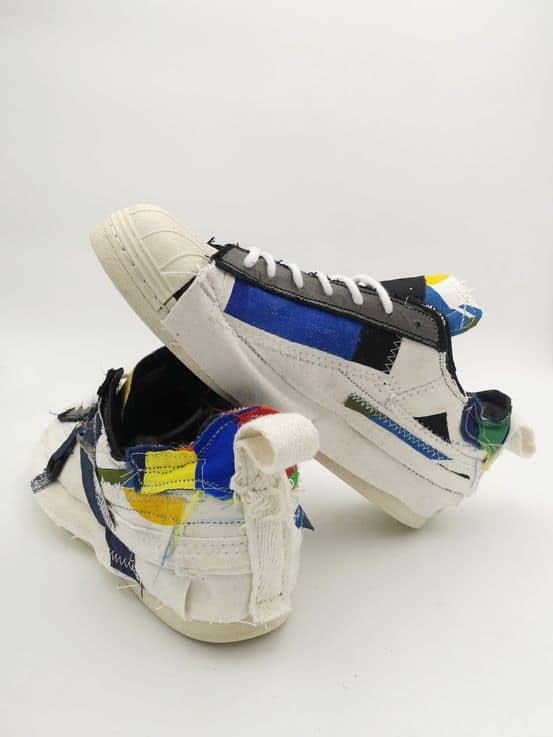
Which partnerships are you are most proud of today?
We are out in the market with Adidas right now. We launched a project with them way back in October 2018 and it has been very successful.
They have a well-publicised programme called Futurecraft.loop where they are developing products that are completely re-purposable and recyclable. It allows people to get a full high-performance trainer that is completely made out of a single plastic and kind of welded together. There aren’t any glues or anything like that, so as soon as it wears down Adidas can take it back, reassemble, build it into a new shoe, and put it directly back out.
This whole concept of being able to start using your products as the supply chain for your next generation of products is truly a circular vision. The more companies that can follow Adidas’ lead on that, the better the world is going to be.
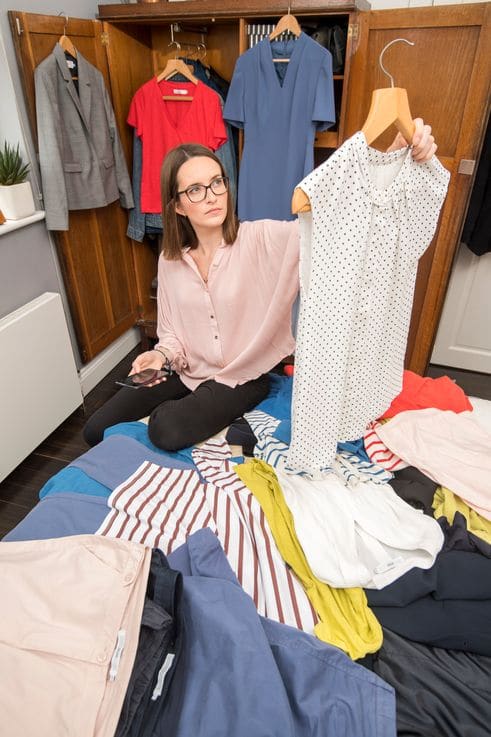
How does the Stuffstr model change the thinking around supply chains and sales?
Several things about the business focus on long-term solutions or behavioural changes that to our knowledge nobody else is actually adopting.
The first thing that we do is to take everything; all the high-priced items all the way down to the old stock. In the traditional business sense that sounds crazy because why would you ever want to buy back old stock? But it makes sense because we are trying to change the whole system.
If you tell your customers that everything they buy is going to have some value and can effortlessly be sold back as soon as they are done with it, then people will begin to think about that when they are buying new things.
It habituates the situation and puts people into a mindset where they see themselves as part of the flow. They assume that everything they buy is going to have a residual value. They will be able to capture that by simply pushing a button. When people begin to think that way, it becomes a part of the purchase process.
Another aspect that is unique is that we are pricing every single item individually. That has the effect of giving people a direct economic incentive to buy better and longer-lasting items.
If I just bundle up my old clothes, take them into a store with a recycling bin, and just dump them there, then it is great because it is not going to a landfill. But it does not change my behaviour at all. In fact, I am actually making it worse because now I feel like I’ve done the right thing by putting those in the recycling bin. If I’m actually looking at the price of each item, then I start thinking differently.
If you give people this direct incentive to consider their purchase decisions, they start thinking effectively about their used stuff. How long do I want to have this thing and what is going to be its residual value at that point? It’s driving people up a chain where they start making very different decisions.
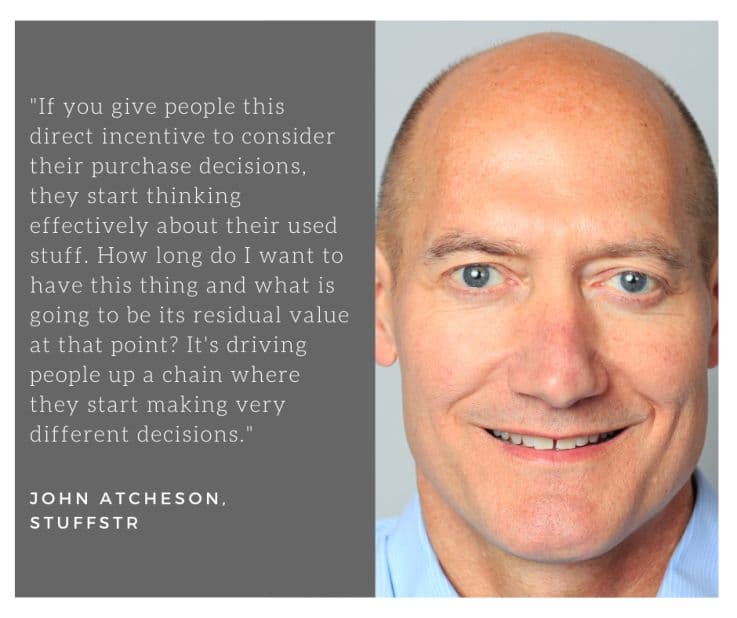
The second thing that we do is we are trying to gather data across the entire spectrum. That data is valuable for the manufacturers as they can then begin to see how long these products last, what damage they show when they actually come back in, what value they hold in the secondary markets, and what things hold value for a long time.
This data can help not only in the selection and marketing of the product but ultimately the product design. On the retail side, we ultimately hope that this gives retailers the necessary information to seriously start considering more circular models.
For example, if you have a certain item you are selling that holds value very well but tends to turn over quickly, then that is probably a great product to put into a rental or subscription payment scheme.
Right now, there is no way that they would have any idea about that. There is no data telling them that it would actually be more profitable if they rent it out than sell it. We are trying to feed all of that information back to give real insights that can begin to change the whole system and make it operate in a more circular way.
Finally, we see a use for these materials. In the clothing space right now, the recycling of materials is fairly mechanical. But there is a tremendous amount of innovation going on at the moment in terms of actually breaking these materials down and reconstituting them to useful new materials. It is taking cotton and breaking it down for spinning new fibres that can be made into new clothes, taking the polyesters out and melting them down into plastics, and putting those plastic feeds back out to be reused.
We see ourselves as being uniquely positioned to facilitate that because we have all the data on every product. We know what constitutes these products, what materials are in there, and how those materials can then match up with the different processes to generate something valuable, not just from the ground up.
Do you see incentives in the future for customers to recirculate products?
Adidas, for example, gives you loyalty points when you recirculate products no matter what those items are.
There is a scorecard where people are building up these points to show how much they are recirculating. It would be great if we can get to the point where we start having some kind of reward for people who actually recirculate the most in terms of what they buy. That would be a great outcome.
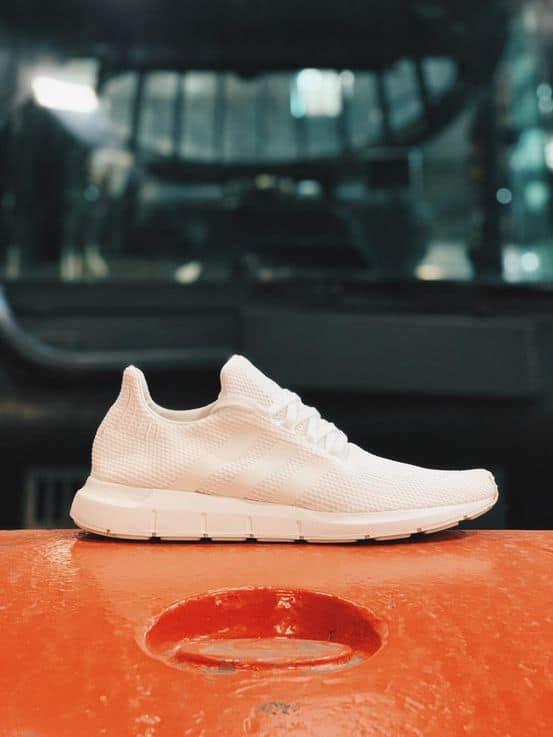
Is your aim to apply the Stuffstr model to all products?
We are exclusively focused on clothing and textiles right now because that is where we started. But we do want to branch out and find other types of products that we can begin to apply this to.
Ultimately, we want to be able to do the whole flow. Obviously, every type of product has its own quirks, so we have to take them on one at a time.
Our ability to facilitate new ways of re-purposing these materials and products that cannot be resold presents enormous opportunities. When you get into things like electronics, you have precious metals, different plastics, rare elements. You have all kinds of things that you can actually begin to make new products out of.
If we have the data about every single one of those things, then we can begin to look at all of them in an aggregated way and what those materials are.
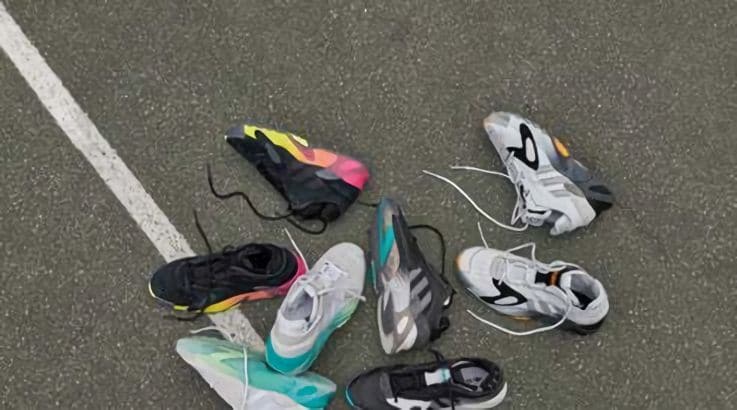
What’s next for Stuffstr?
We want to expand the base of different partners that we work with and the geographies that we work in. Currently, we are only in the UK, but we definitely want to begin expanding as quickly as possible.
The resale area is reasonably developed. The recycling area is not as developed. There are whole areas or classes of products for which there is no recycling at all. For example, you cannot recycle a toaster or a vacuum cleaner. They are not made, and are not economically viable, to be recycled, so those items, by and large, go into landfill.
That is a tragedy. As we are processing lots and lots of information, we’re exploring how we can use that information to begin changing that. How do we start with the use of these products and begin to encourage those who make them to think about them in different ways, and to put them together and use slightly different materials so that those things can become a part of the circular economy?
Images courtesy of Stuffstr
Want all of our best insights? Book your future of retail presentation today and we’ll tell you everything you need to know to get ahead.

